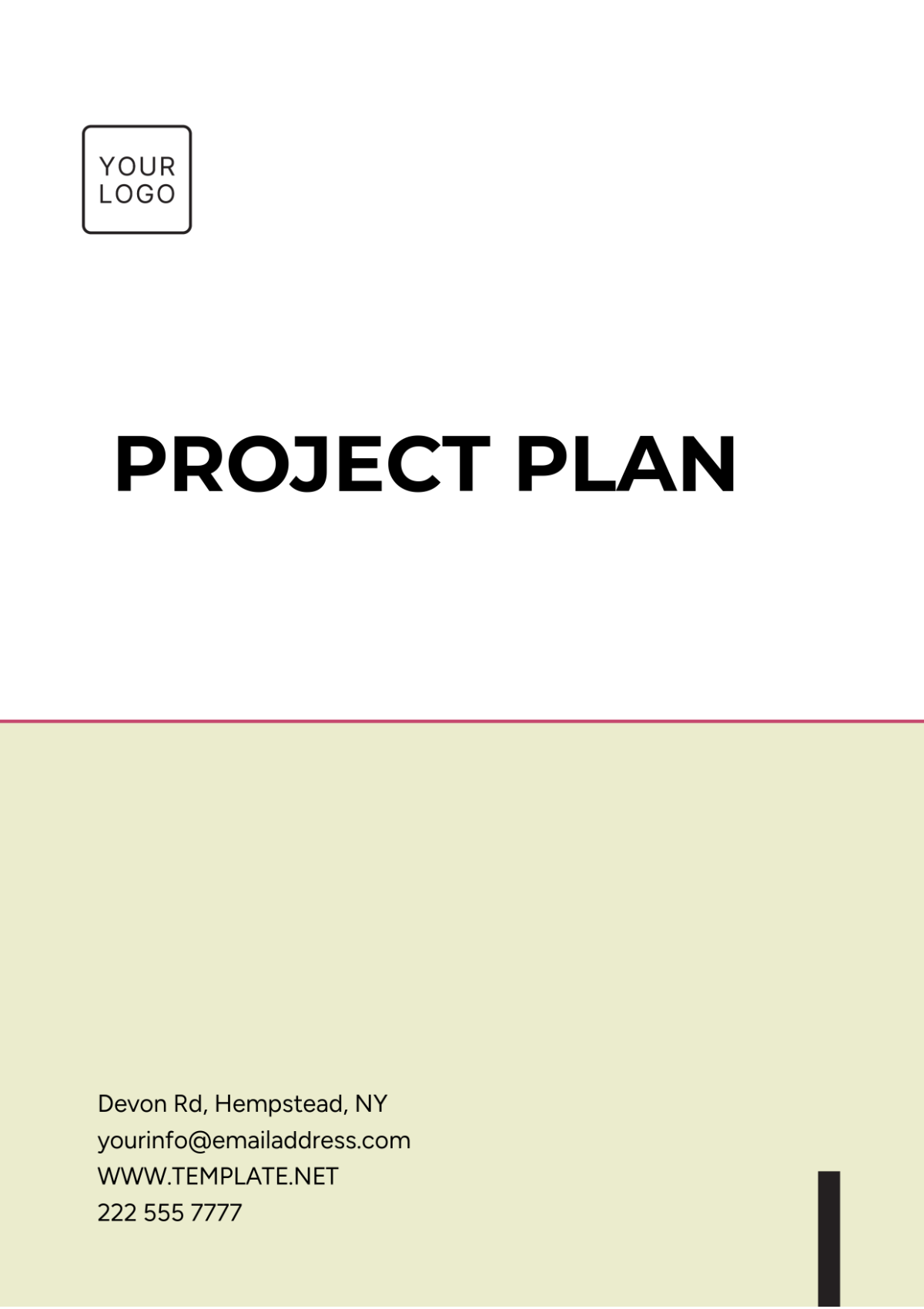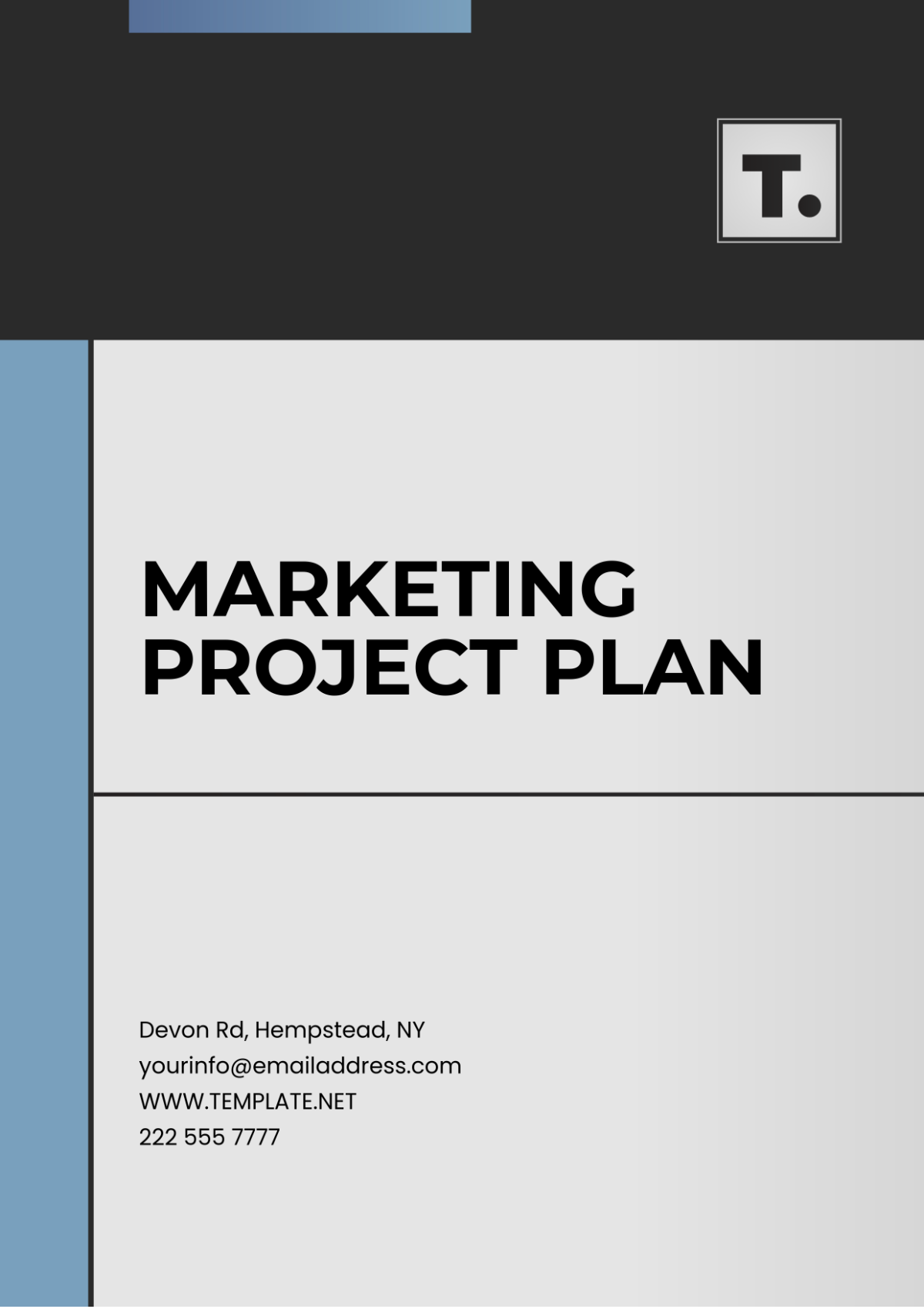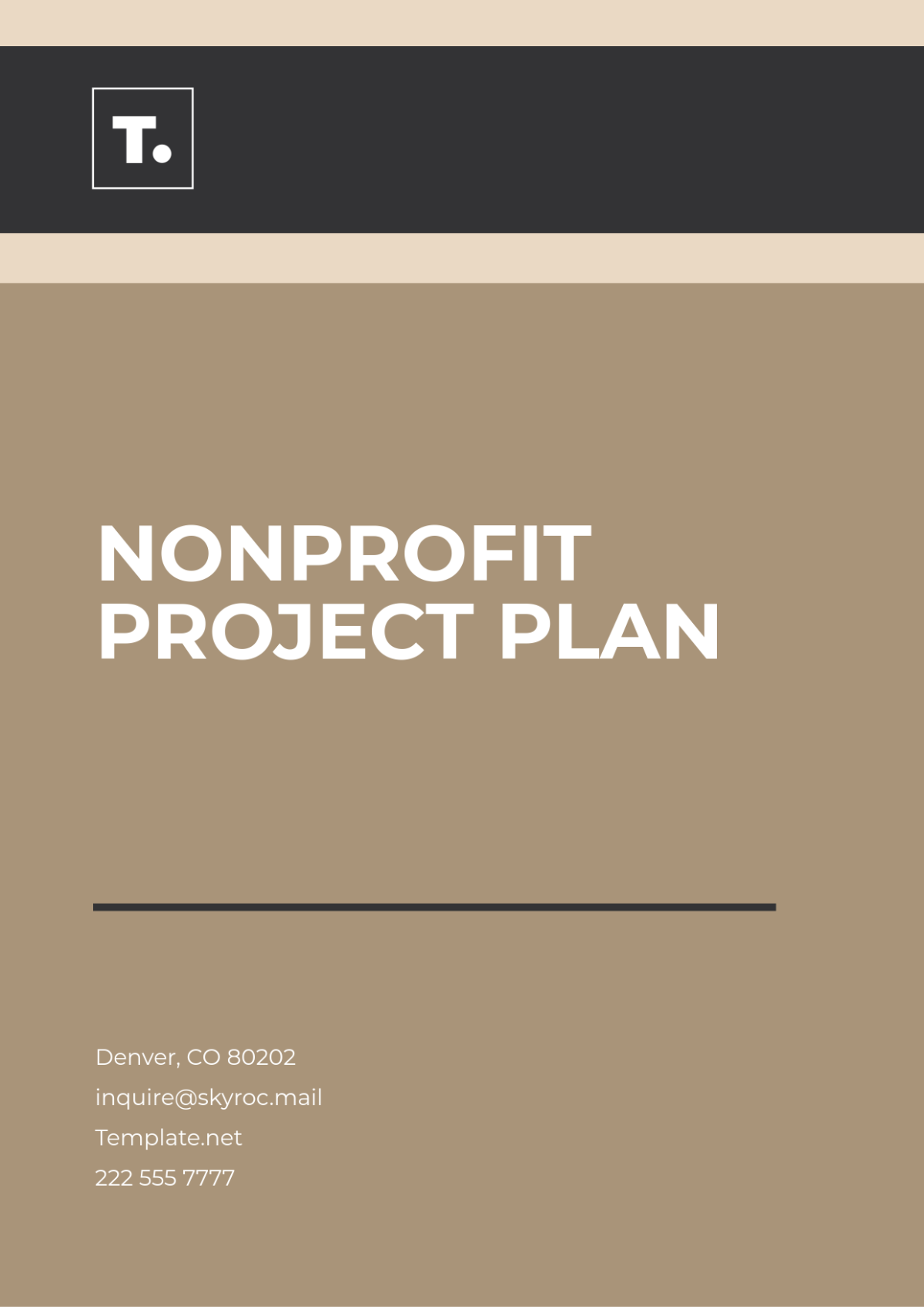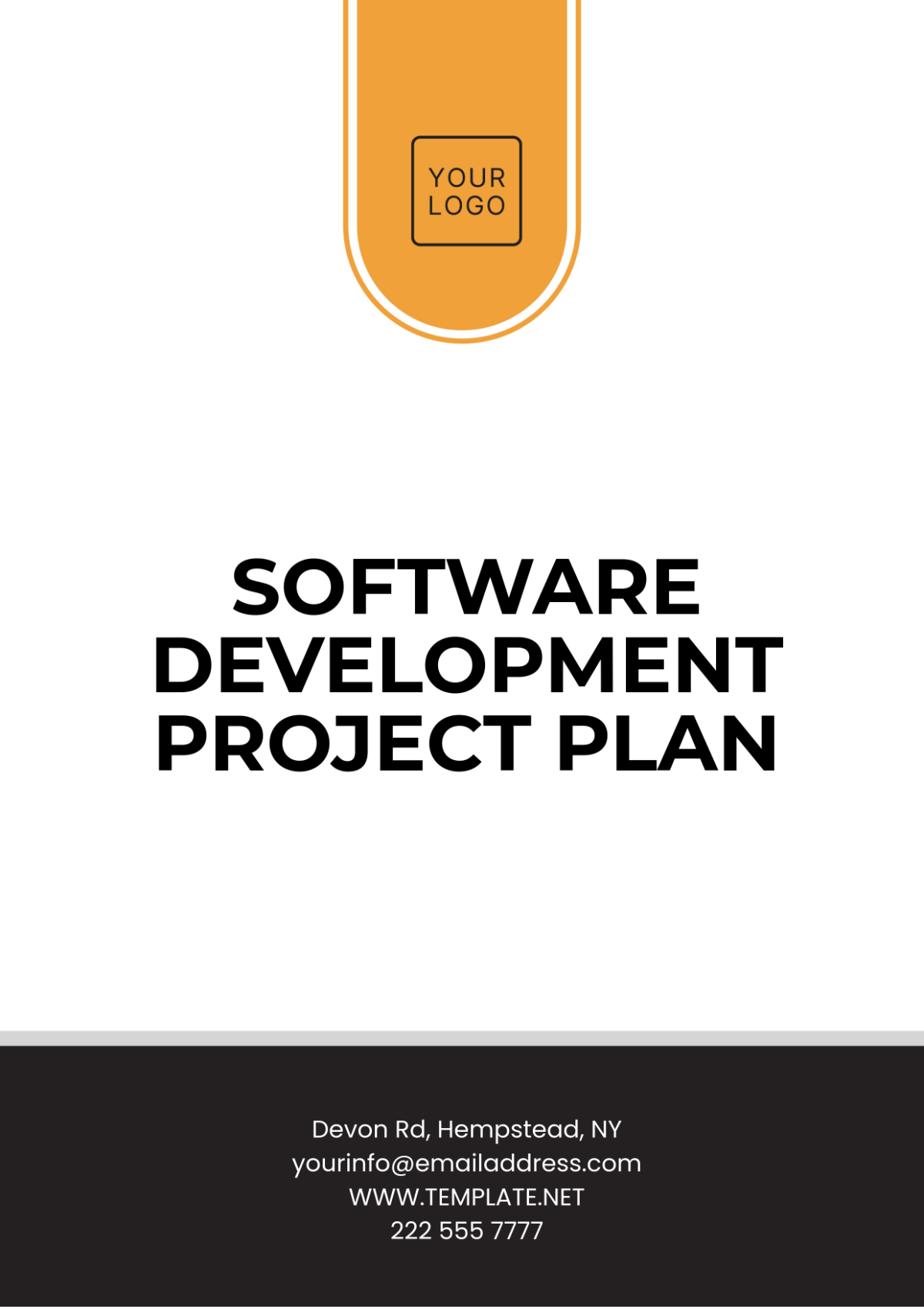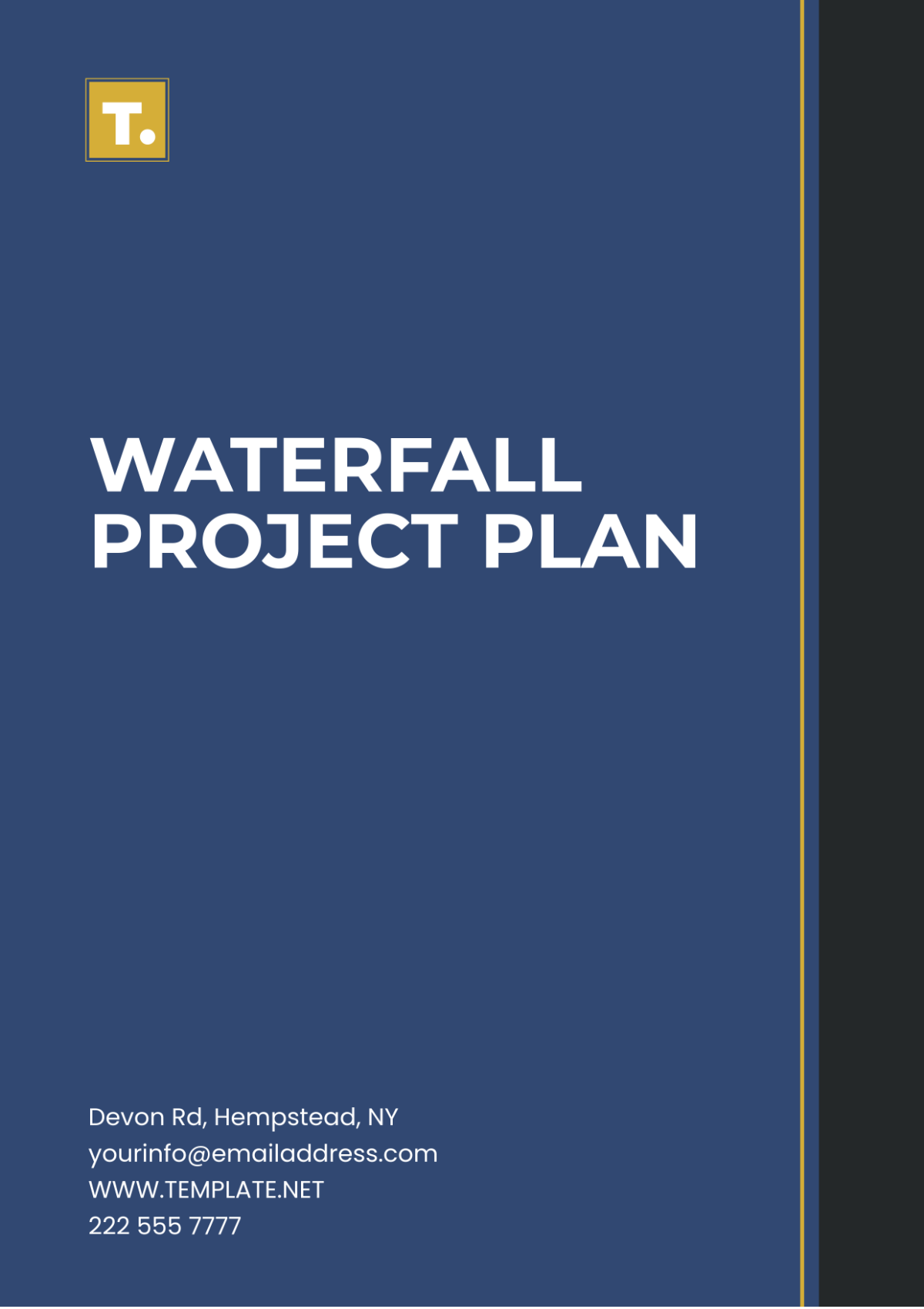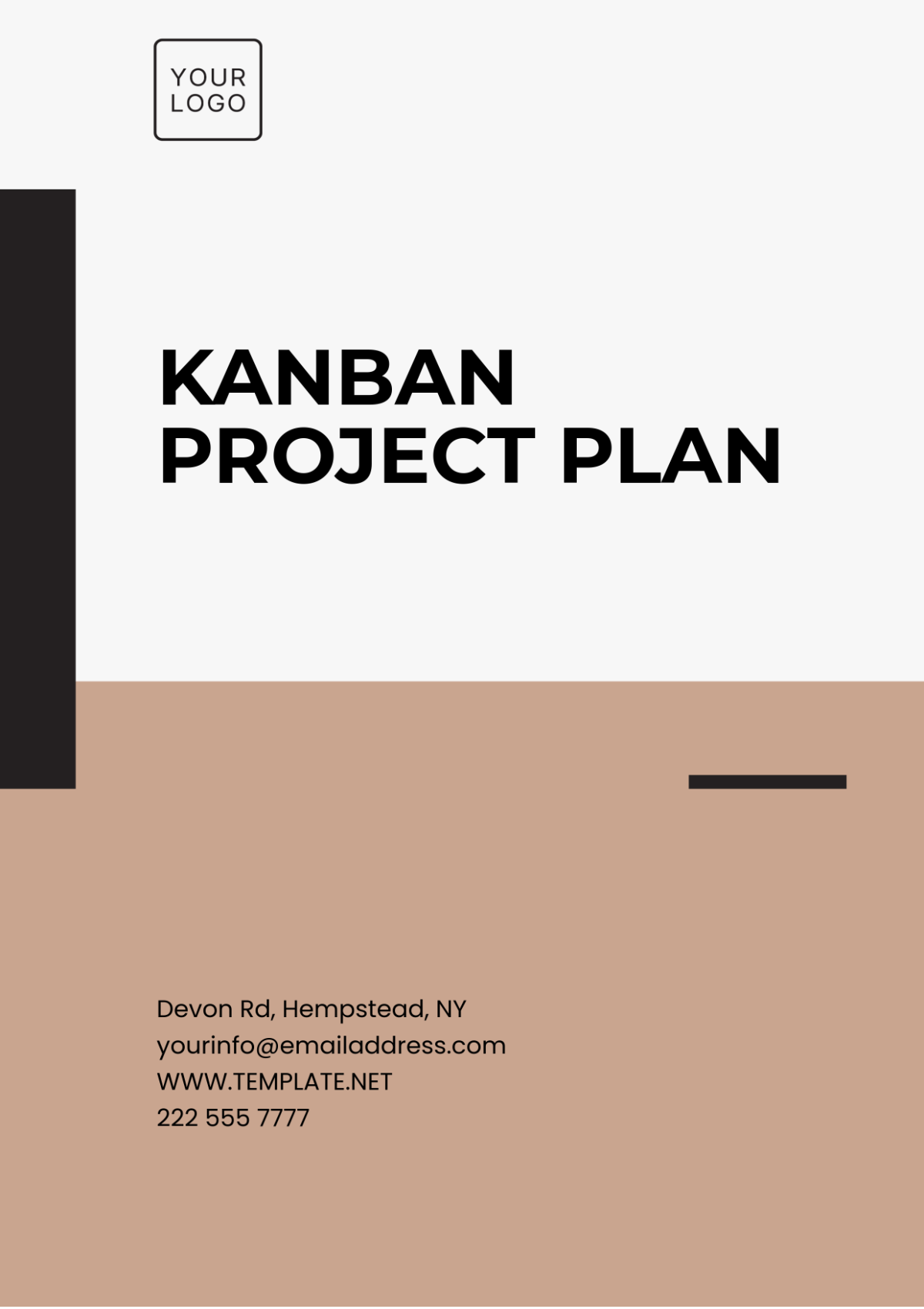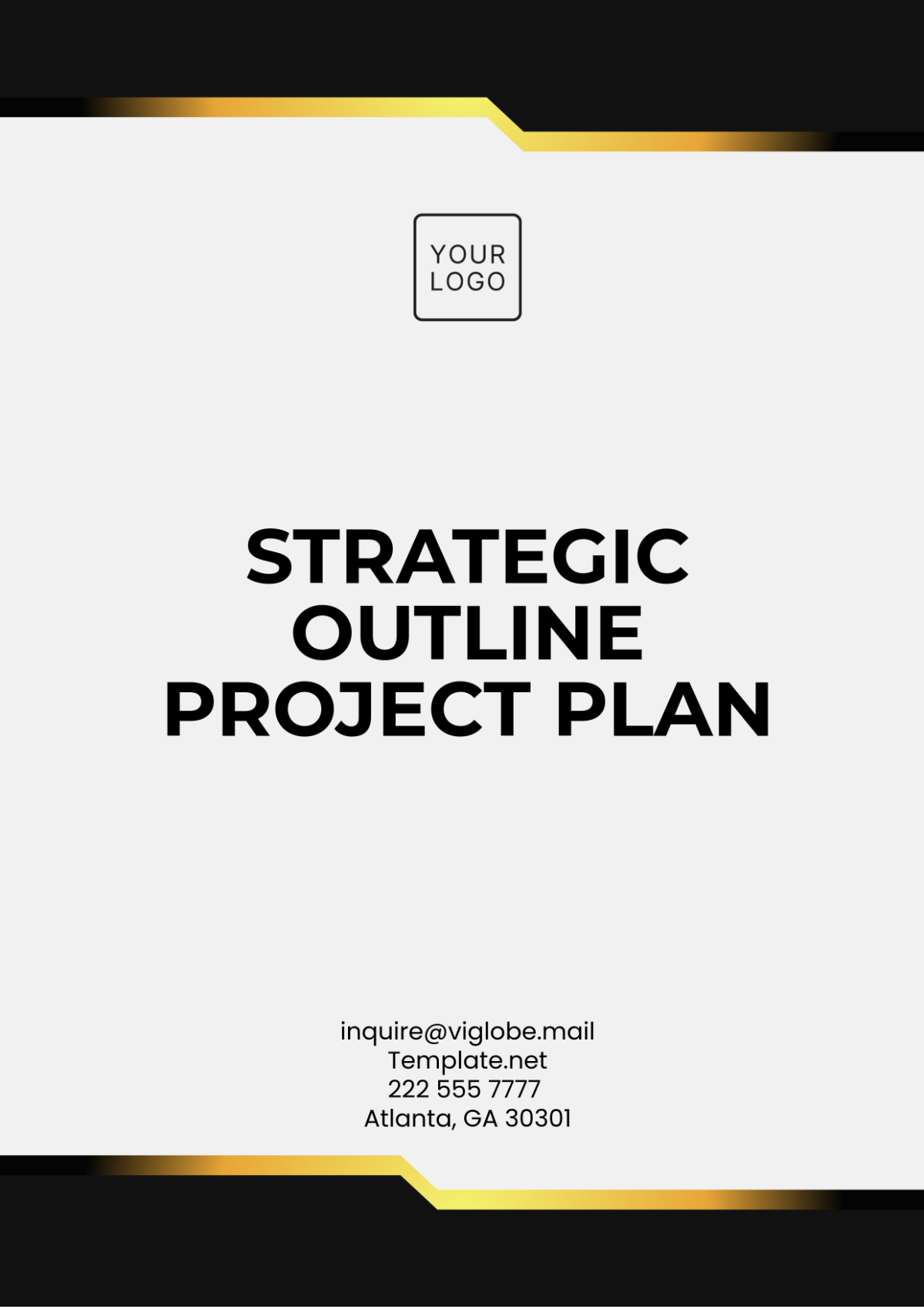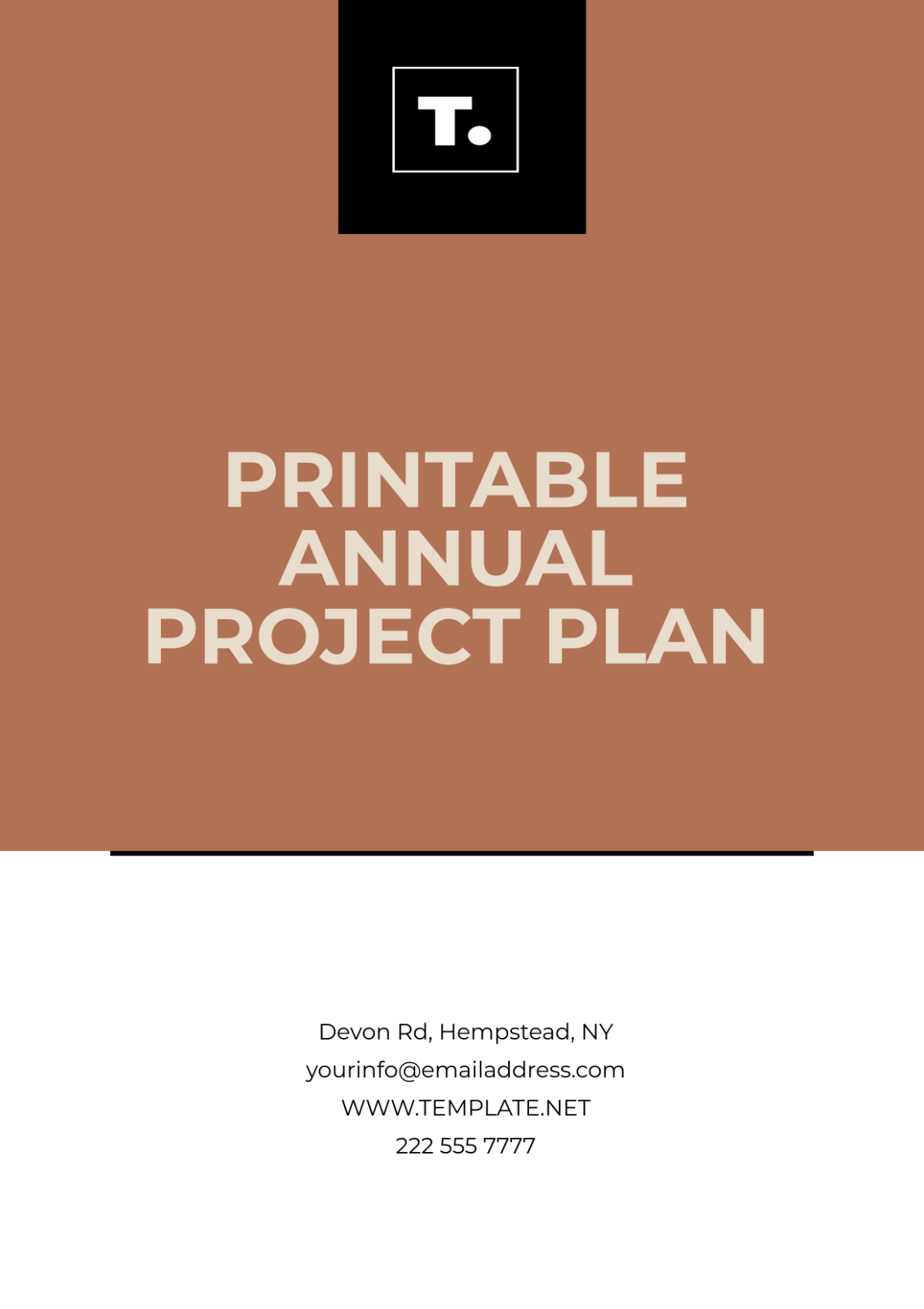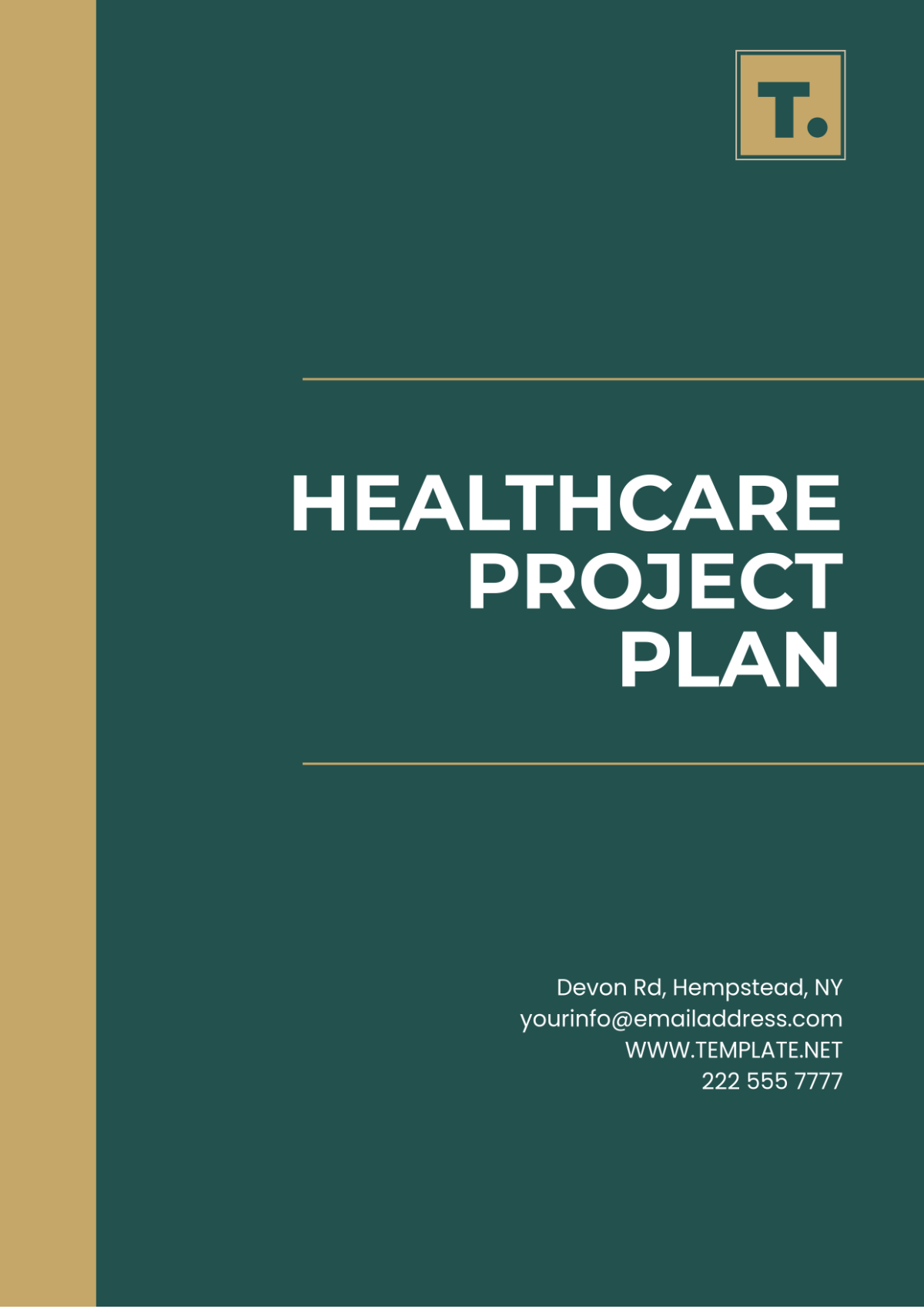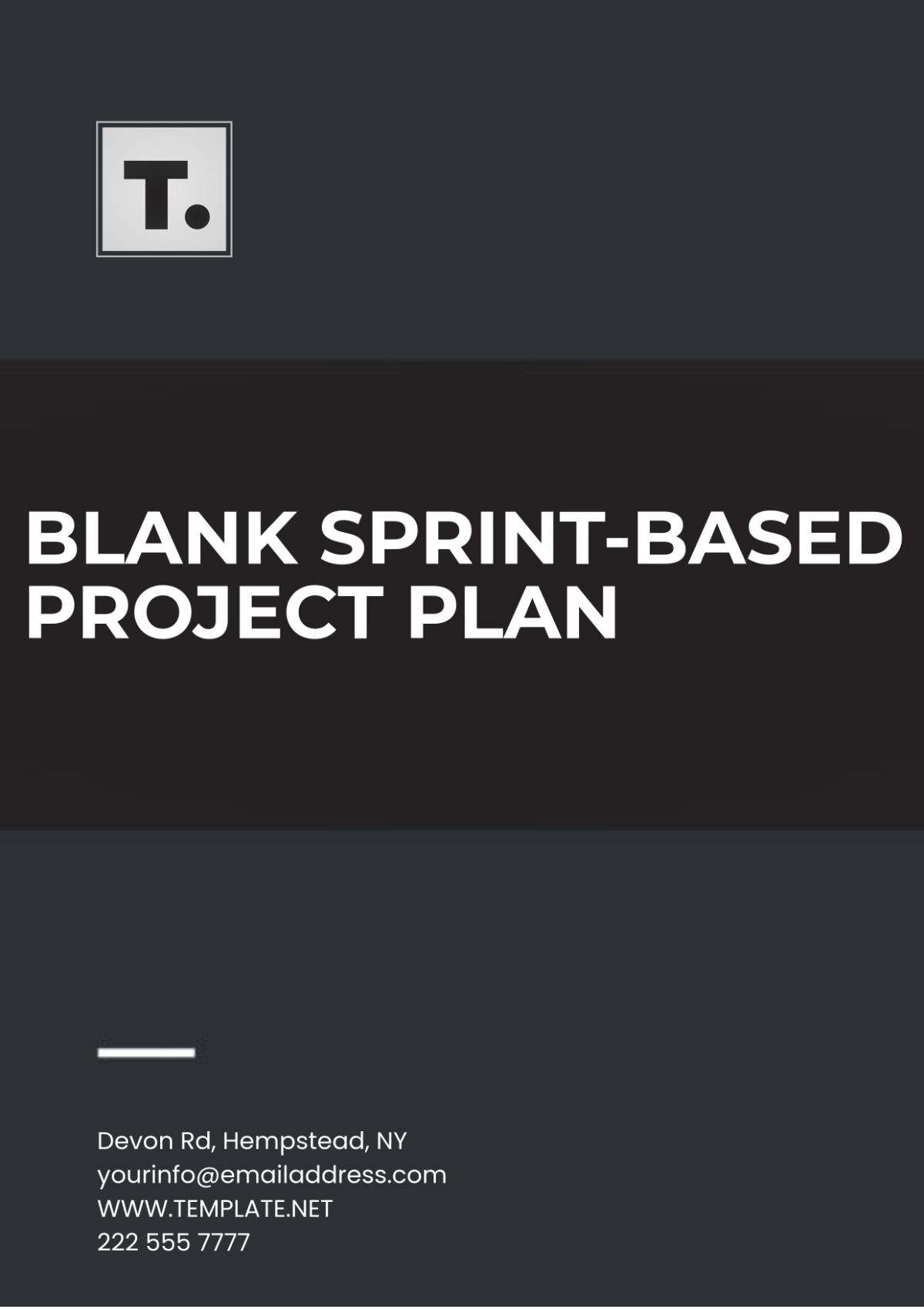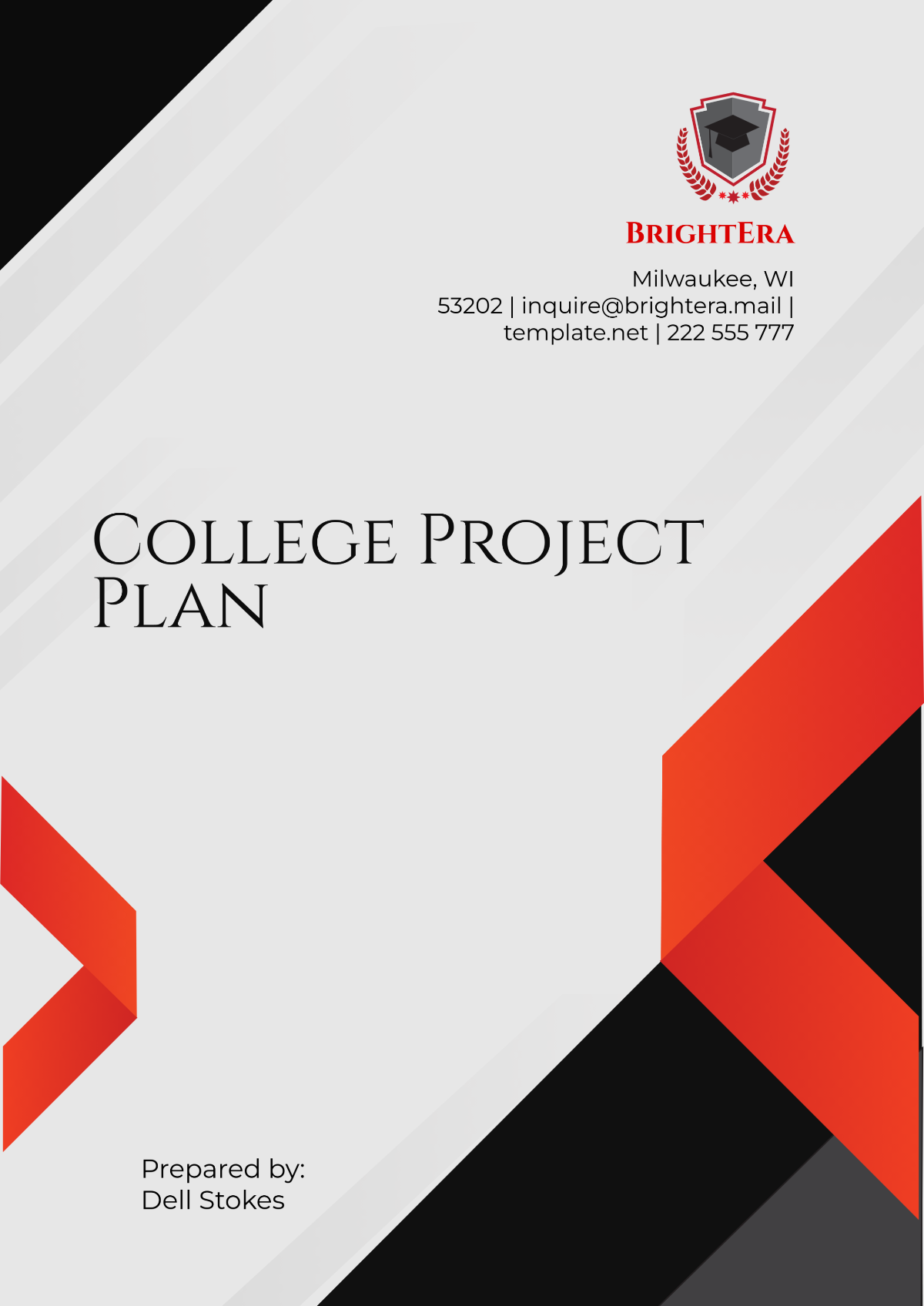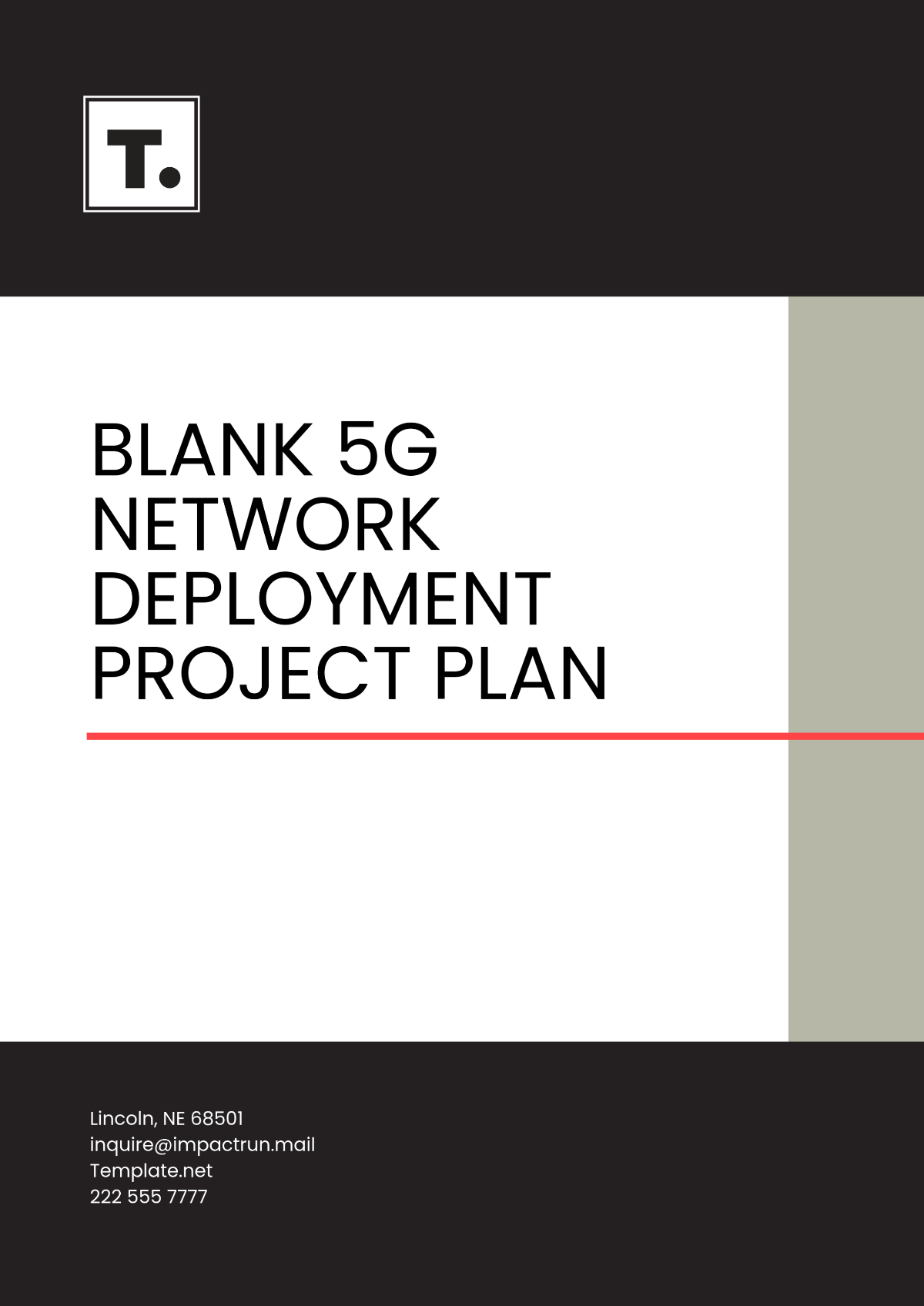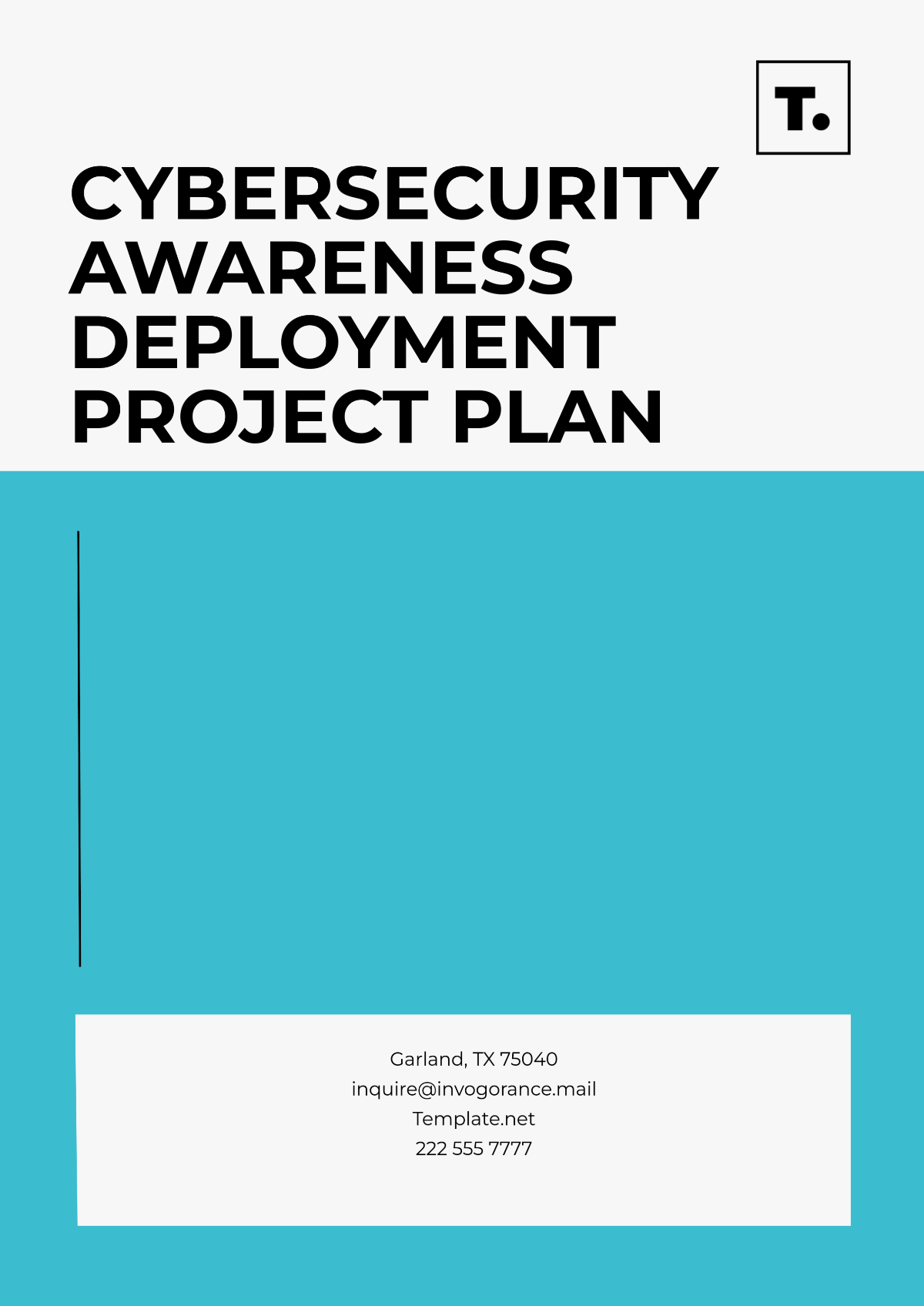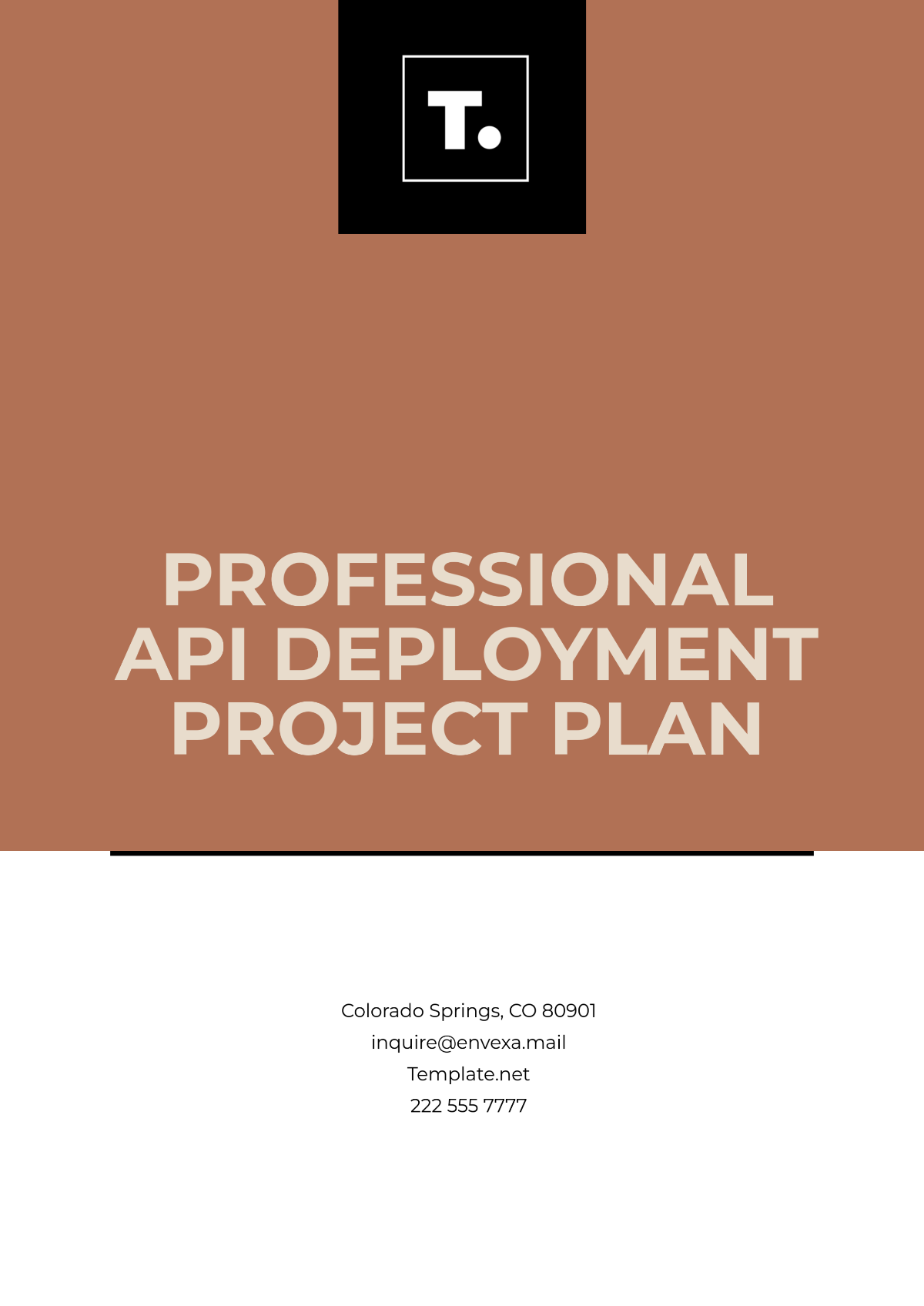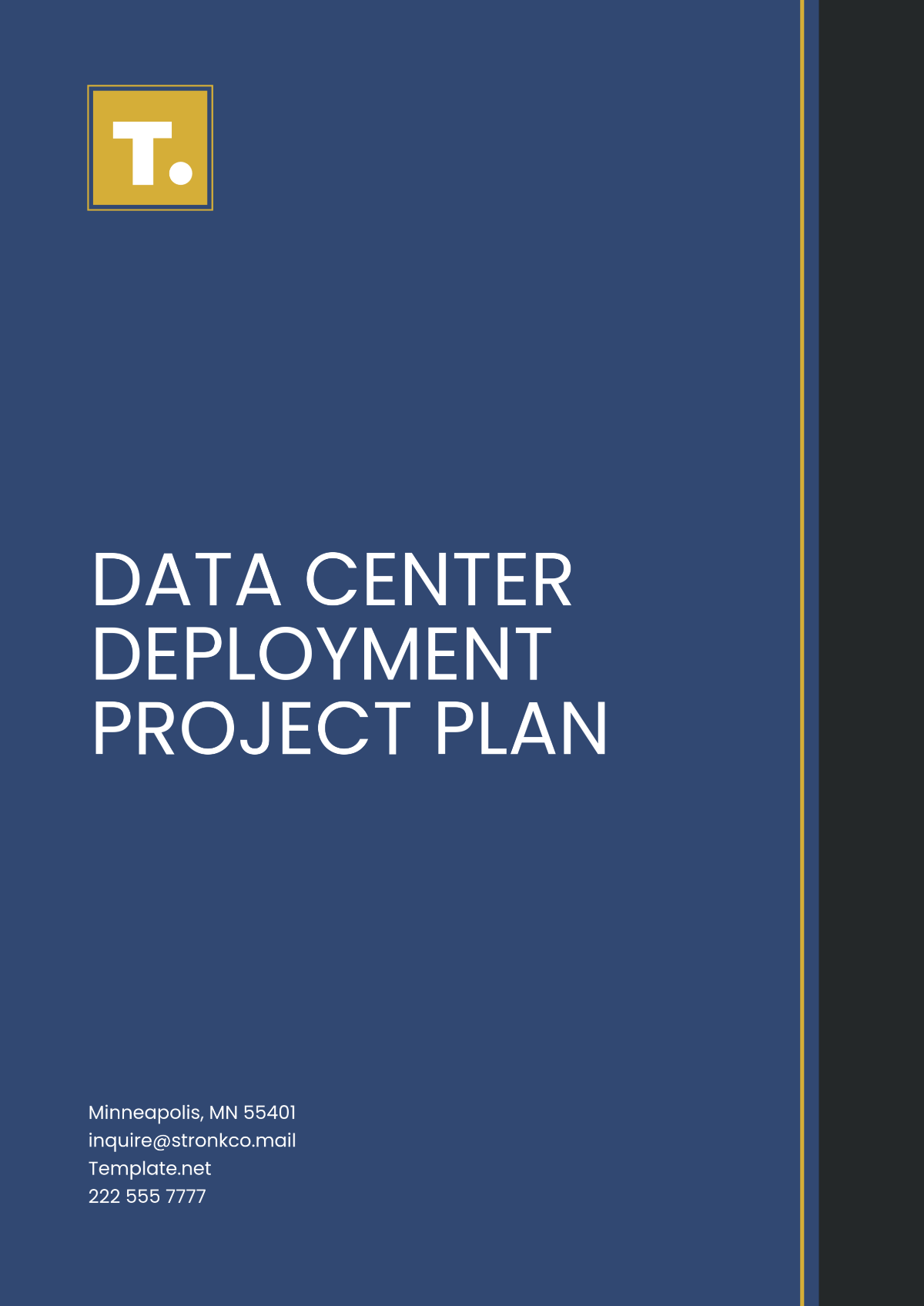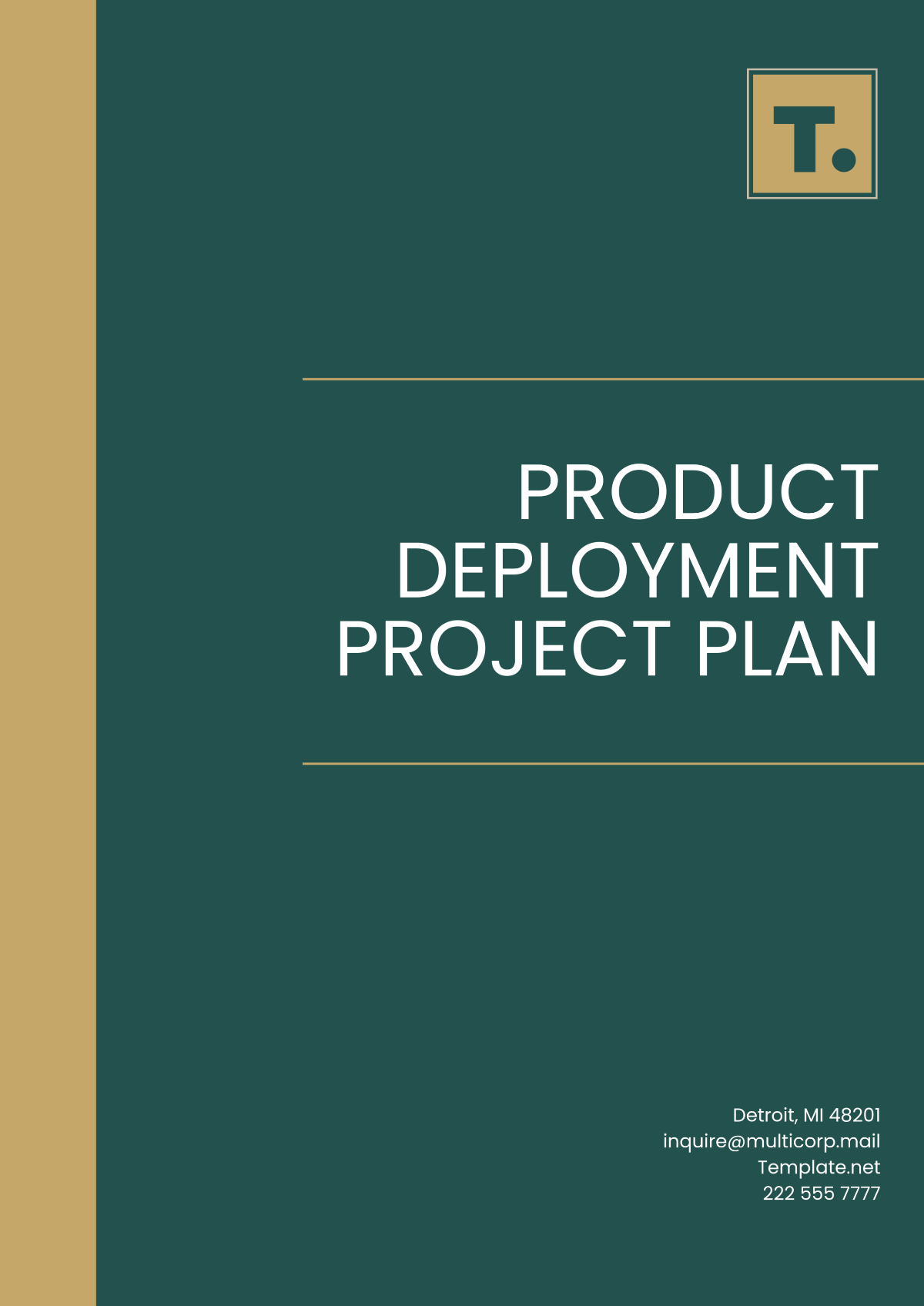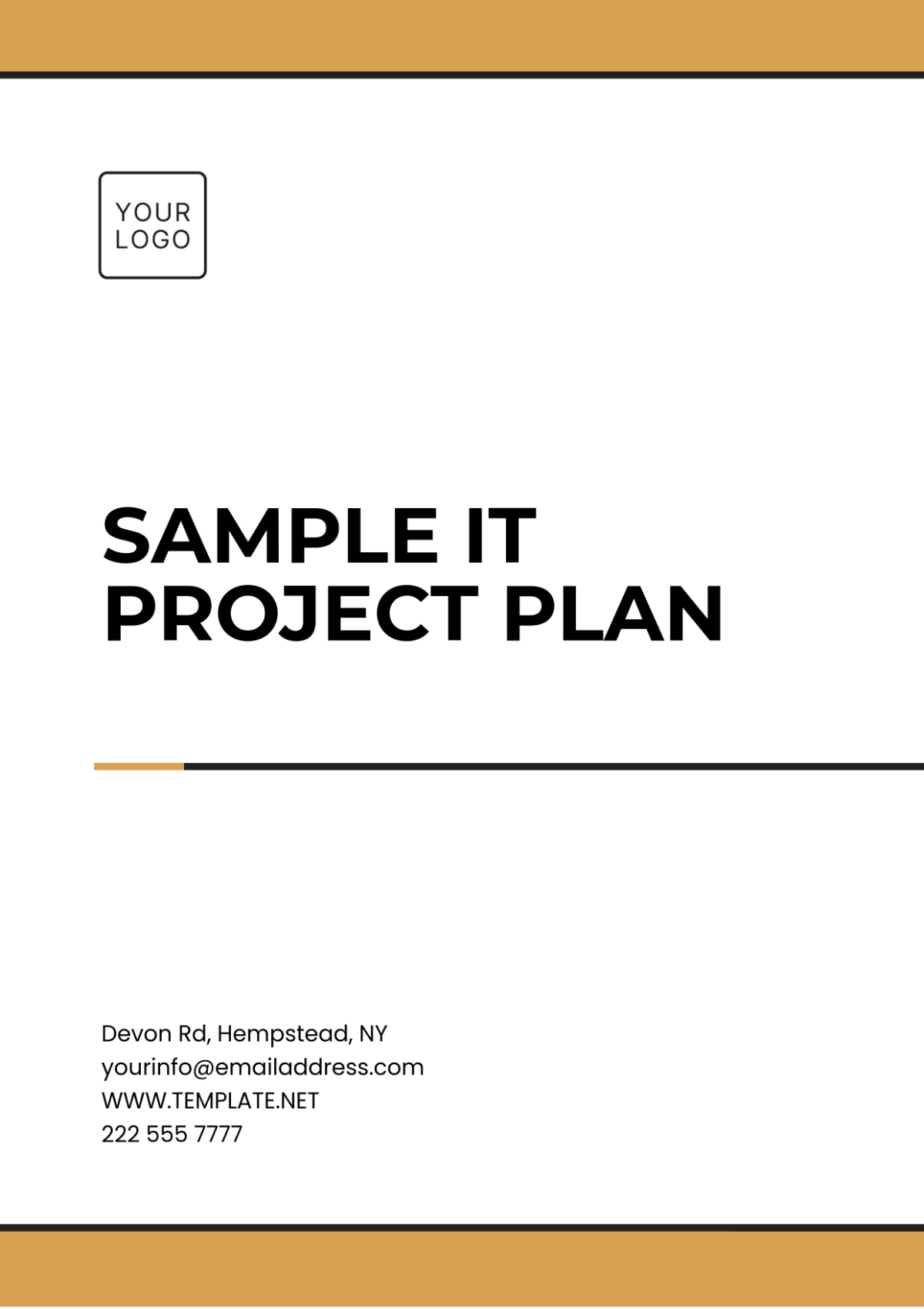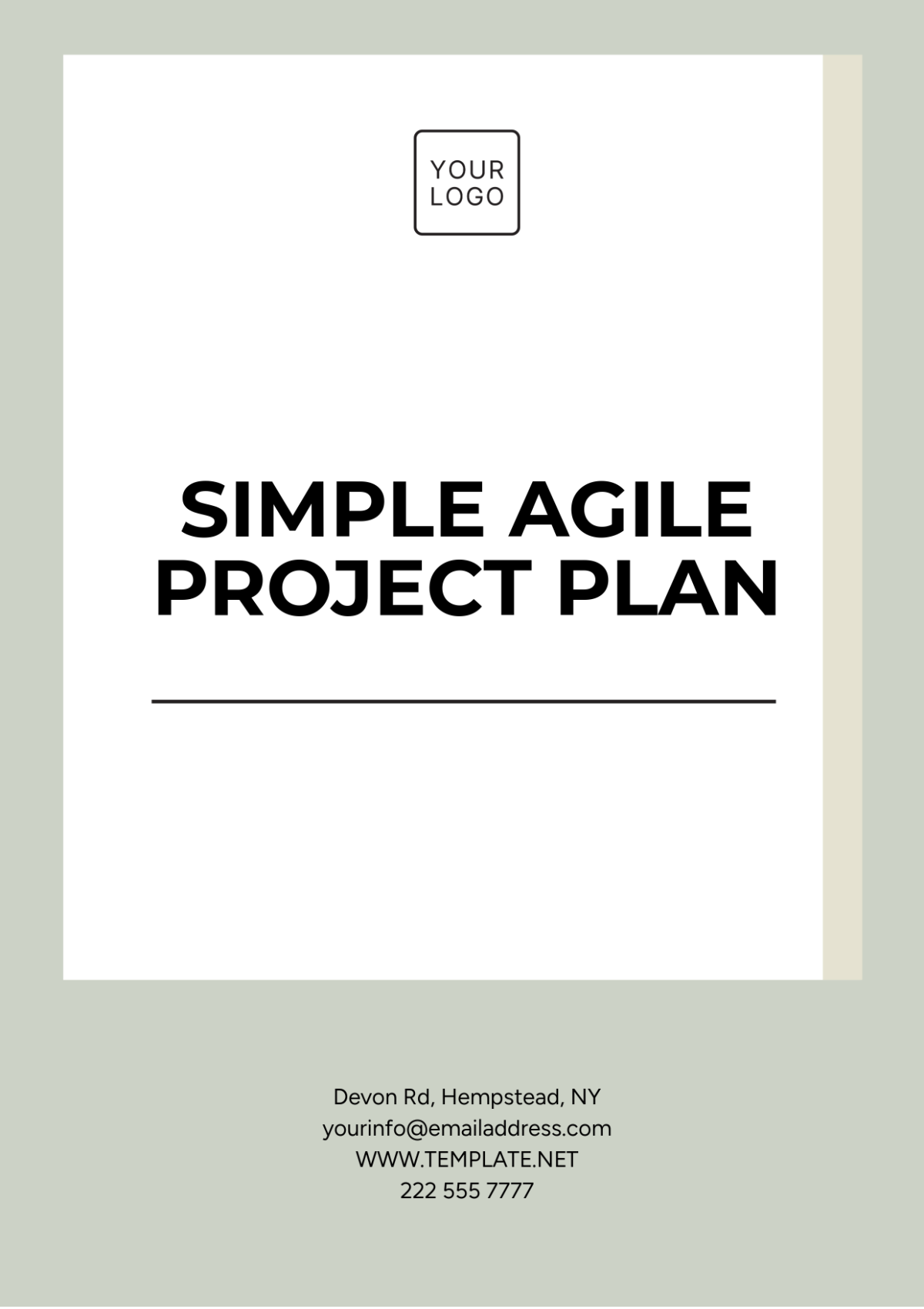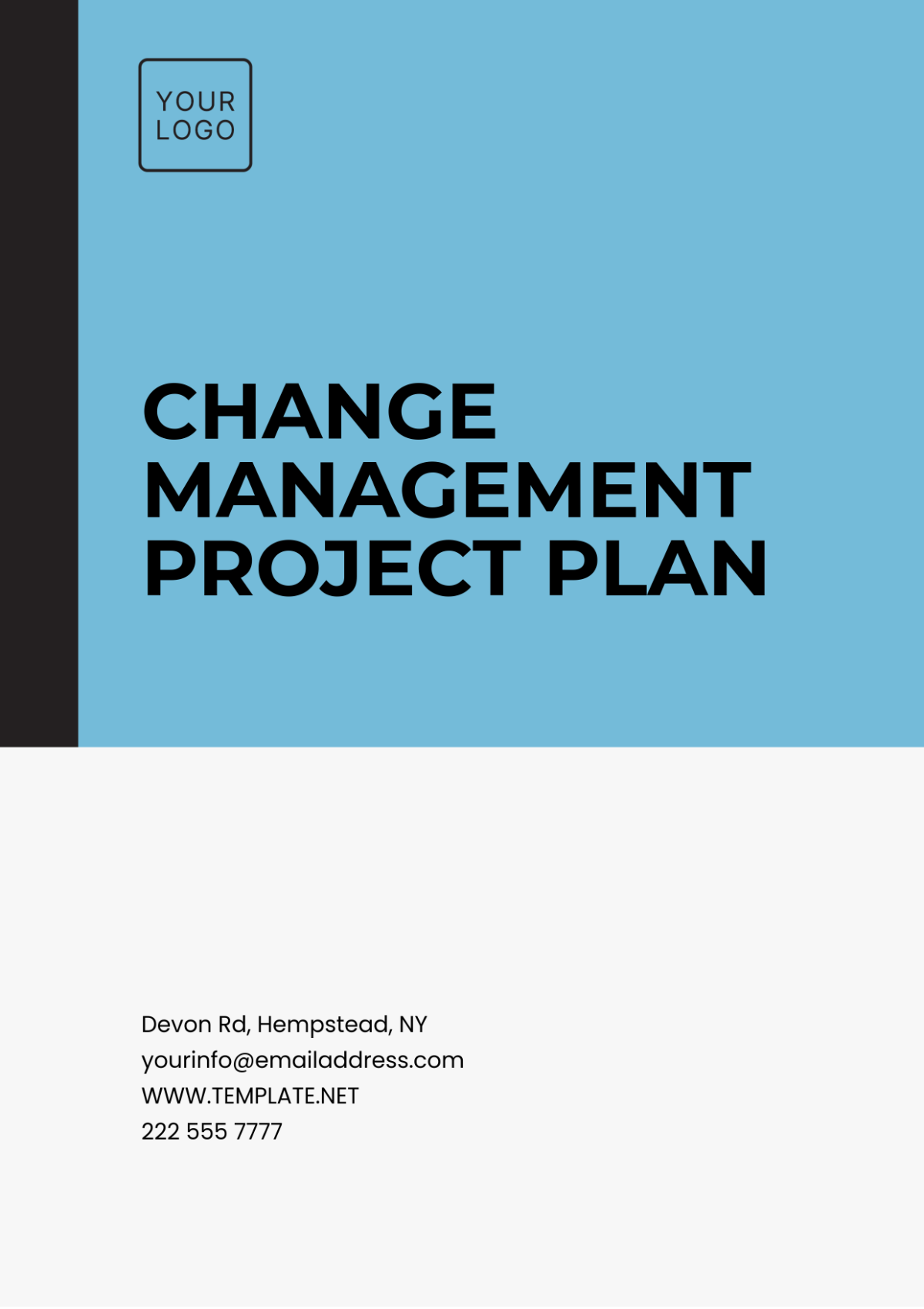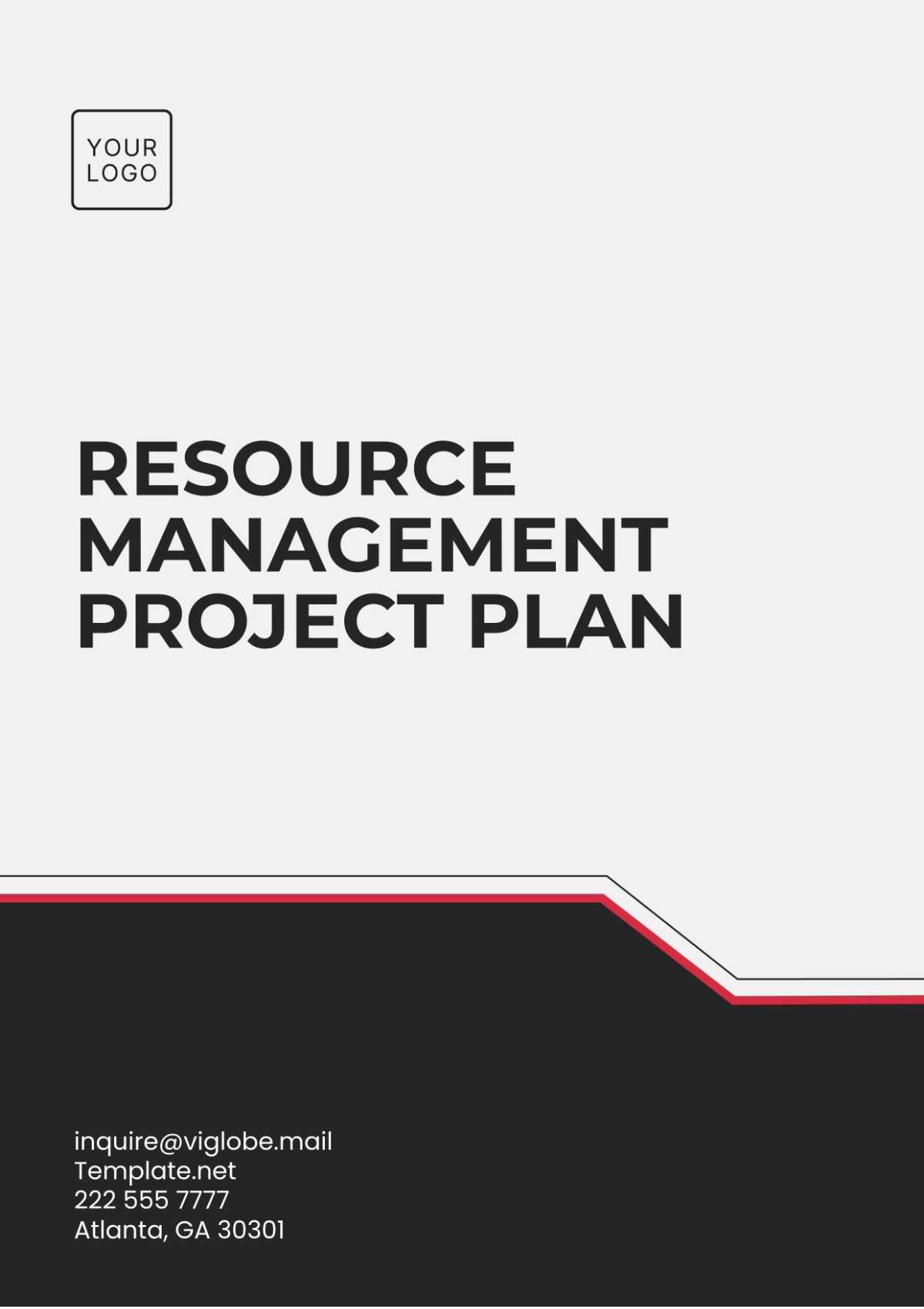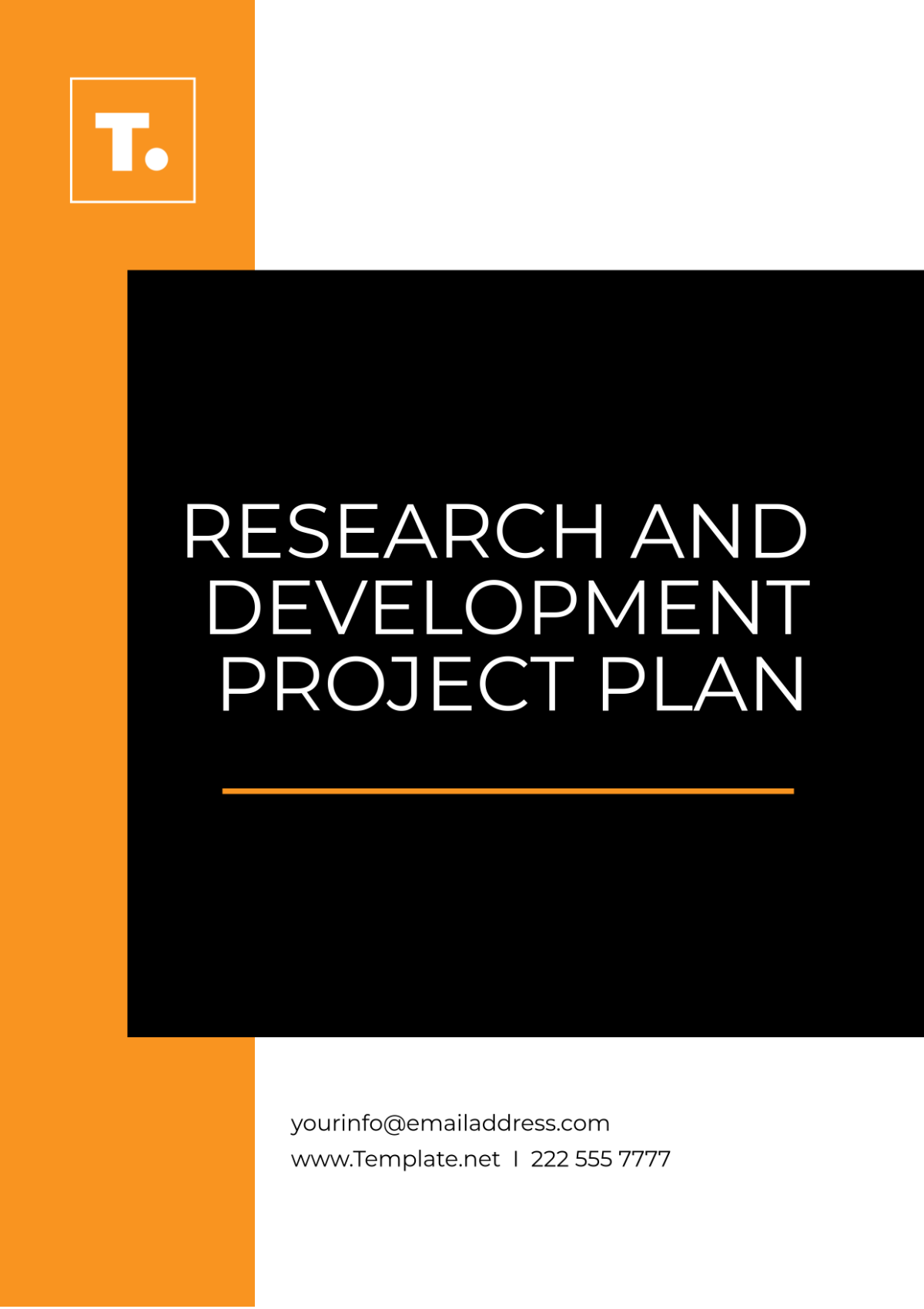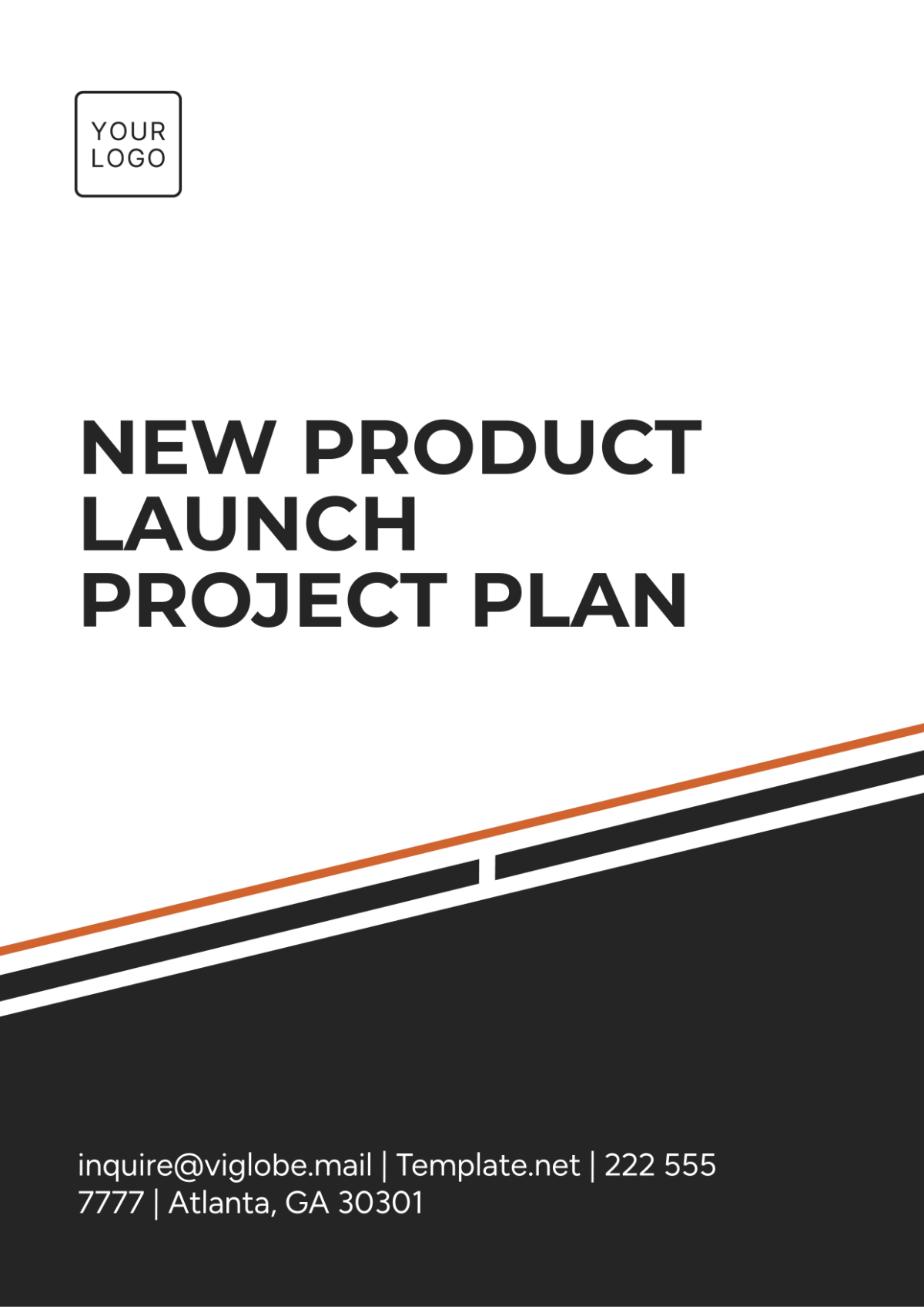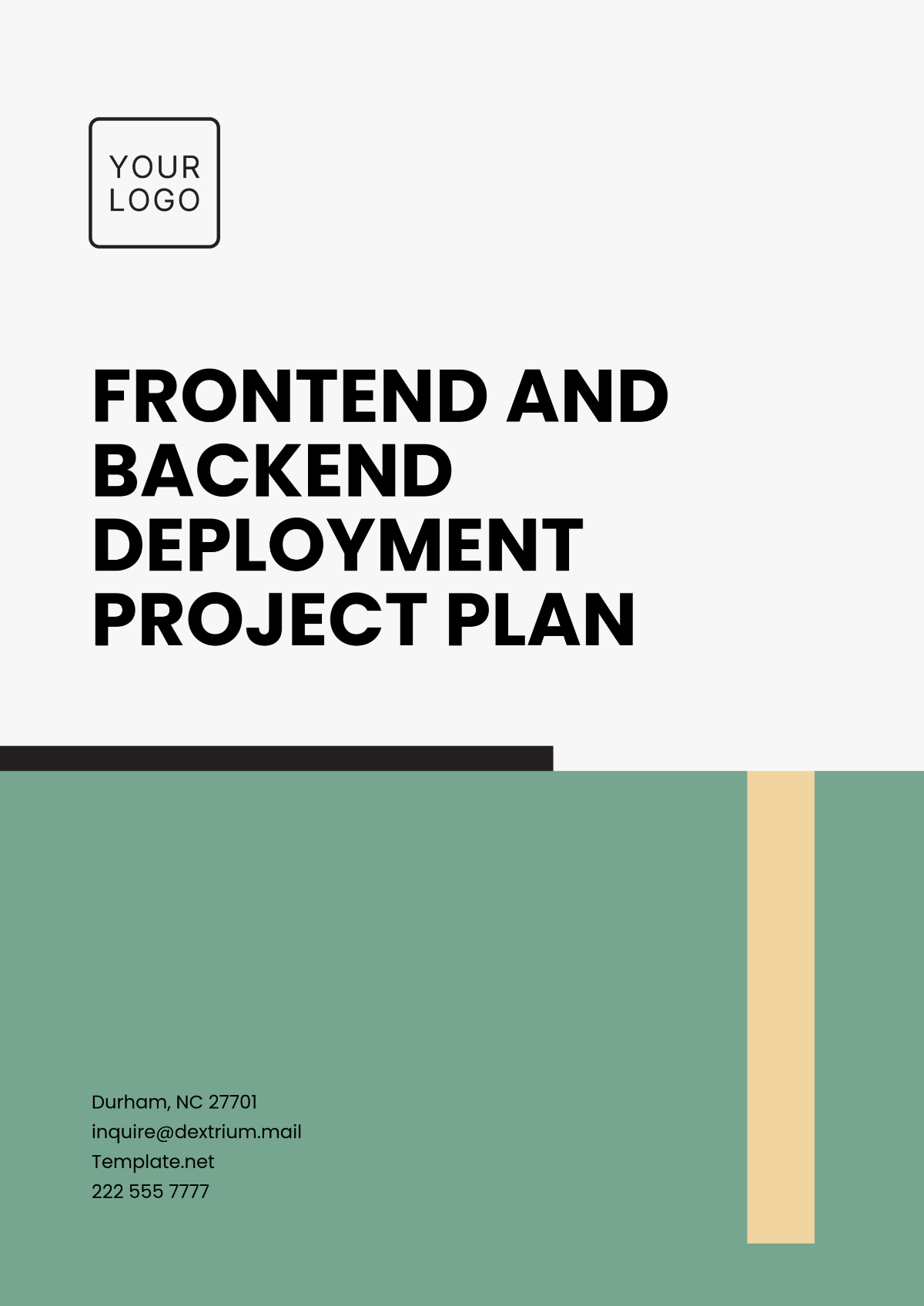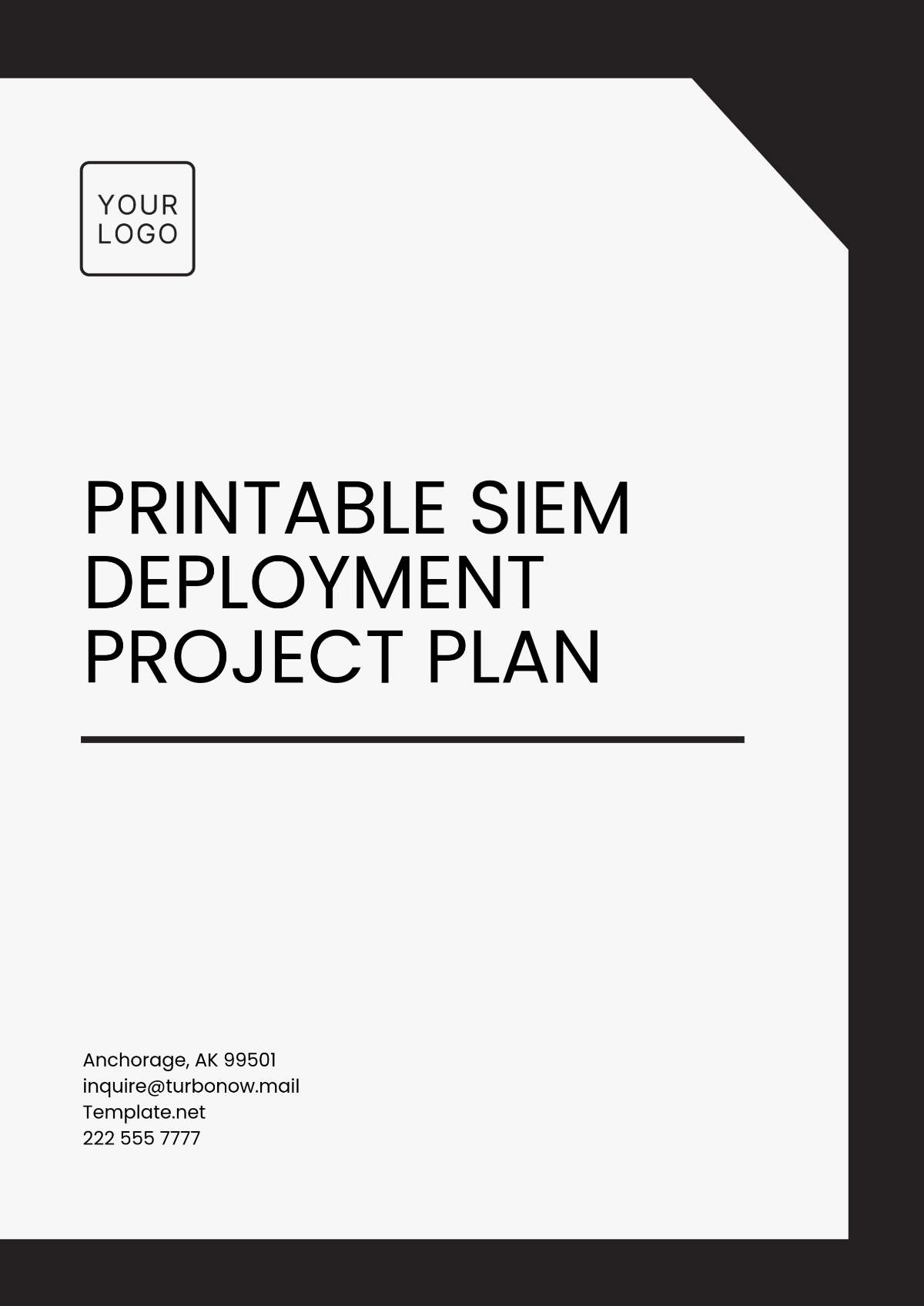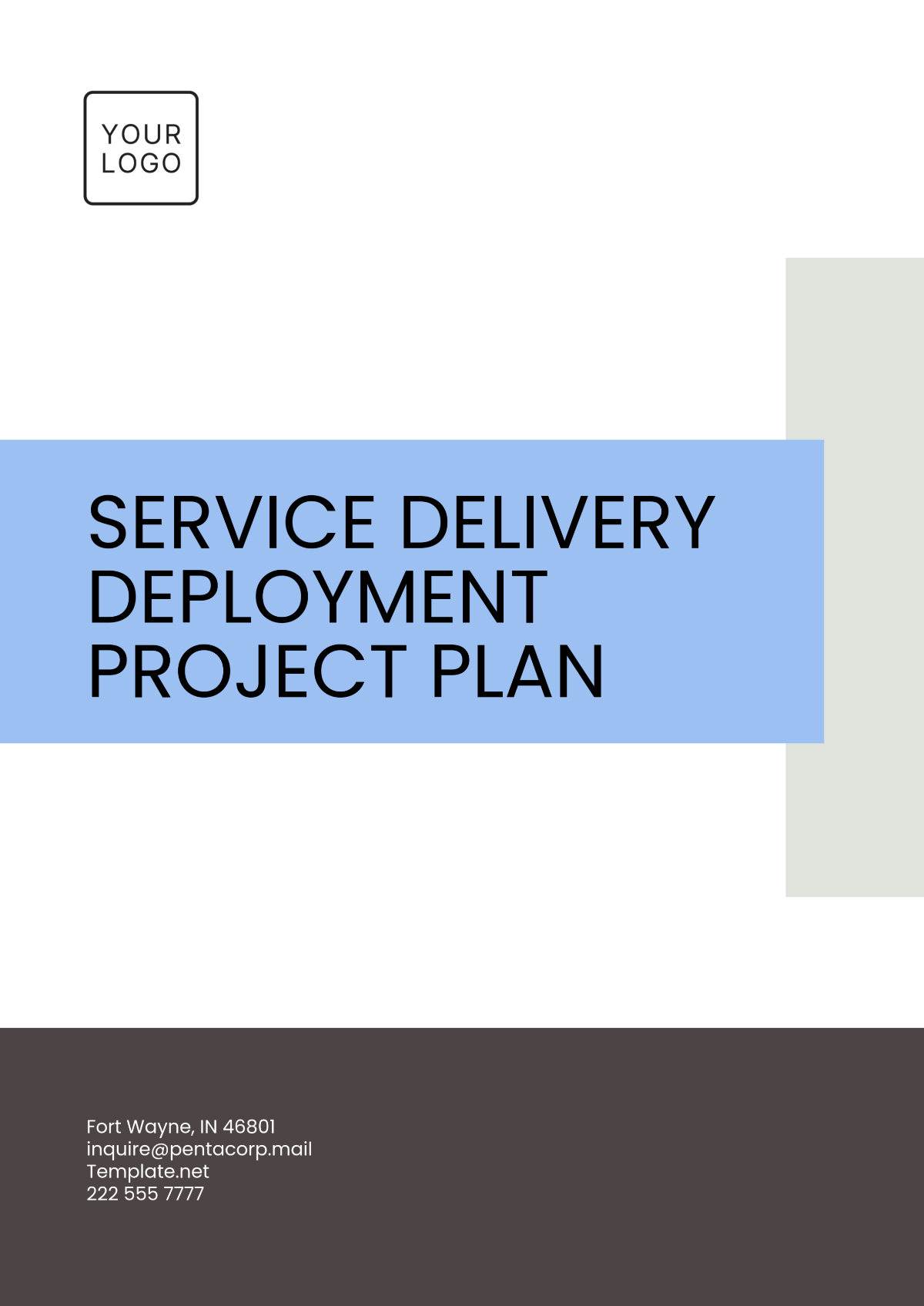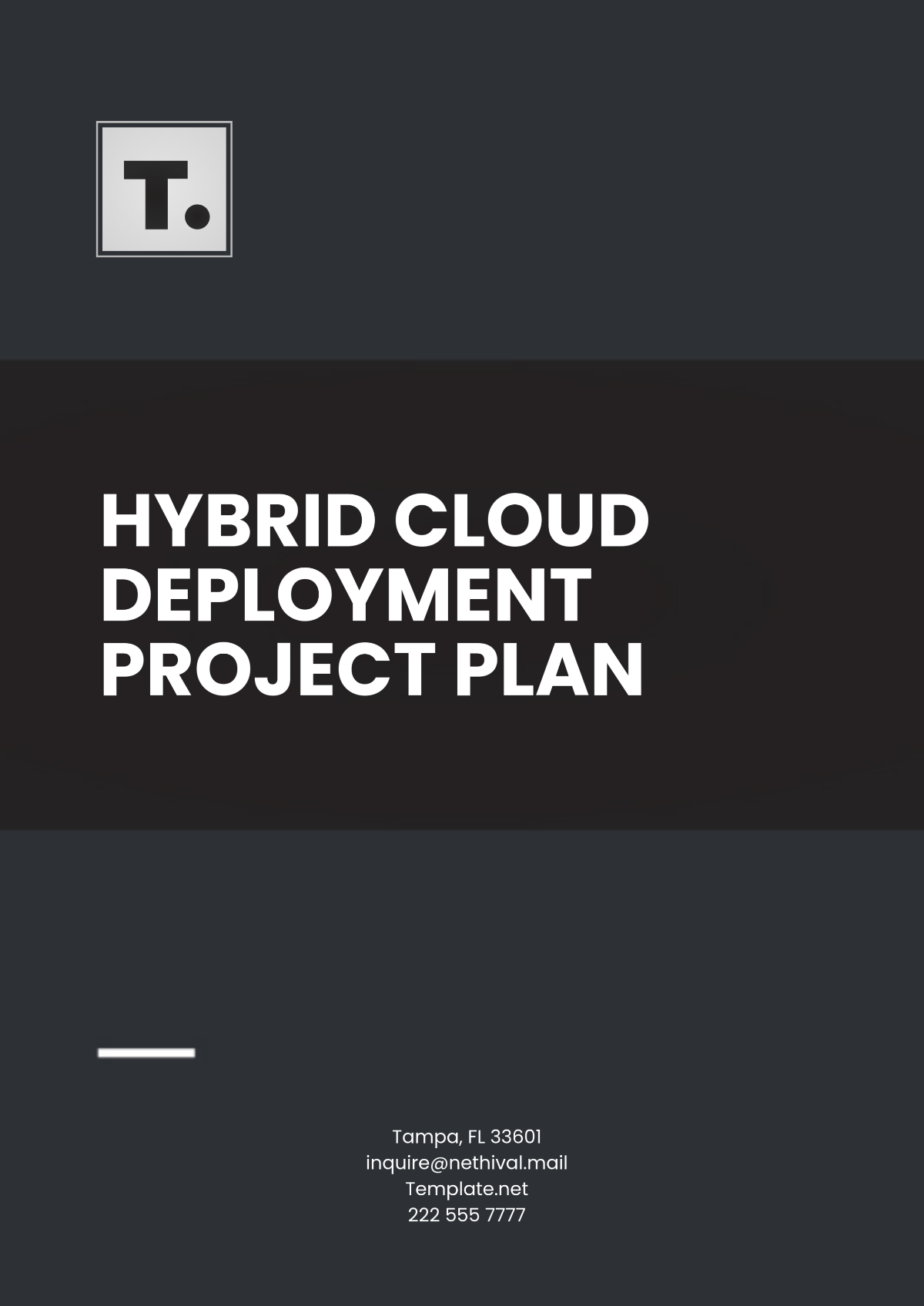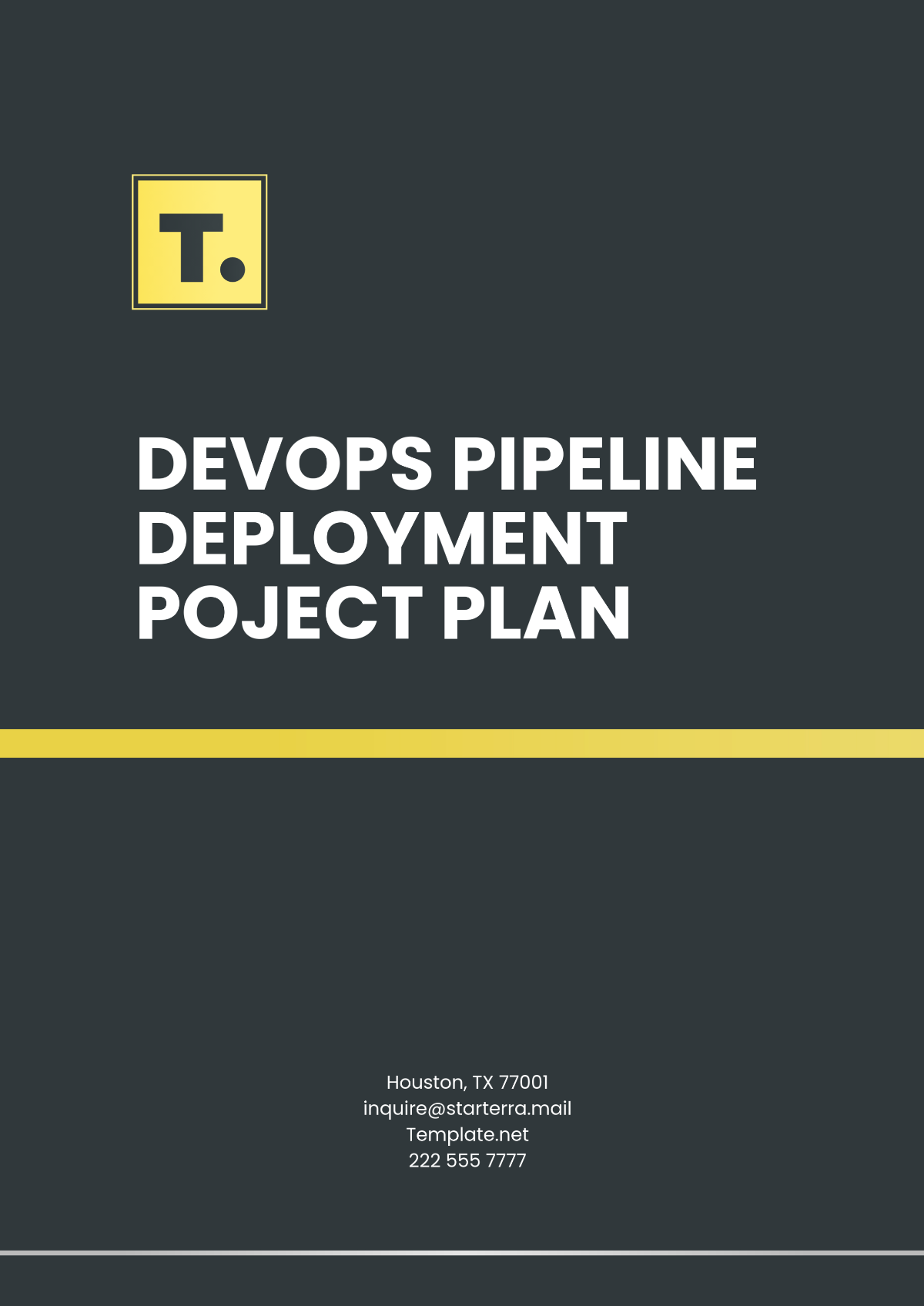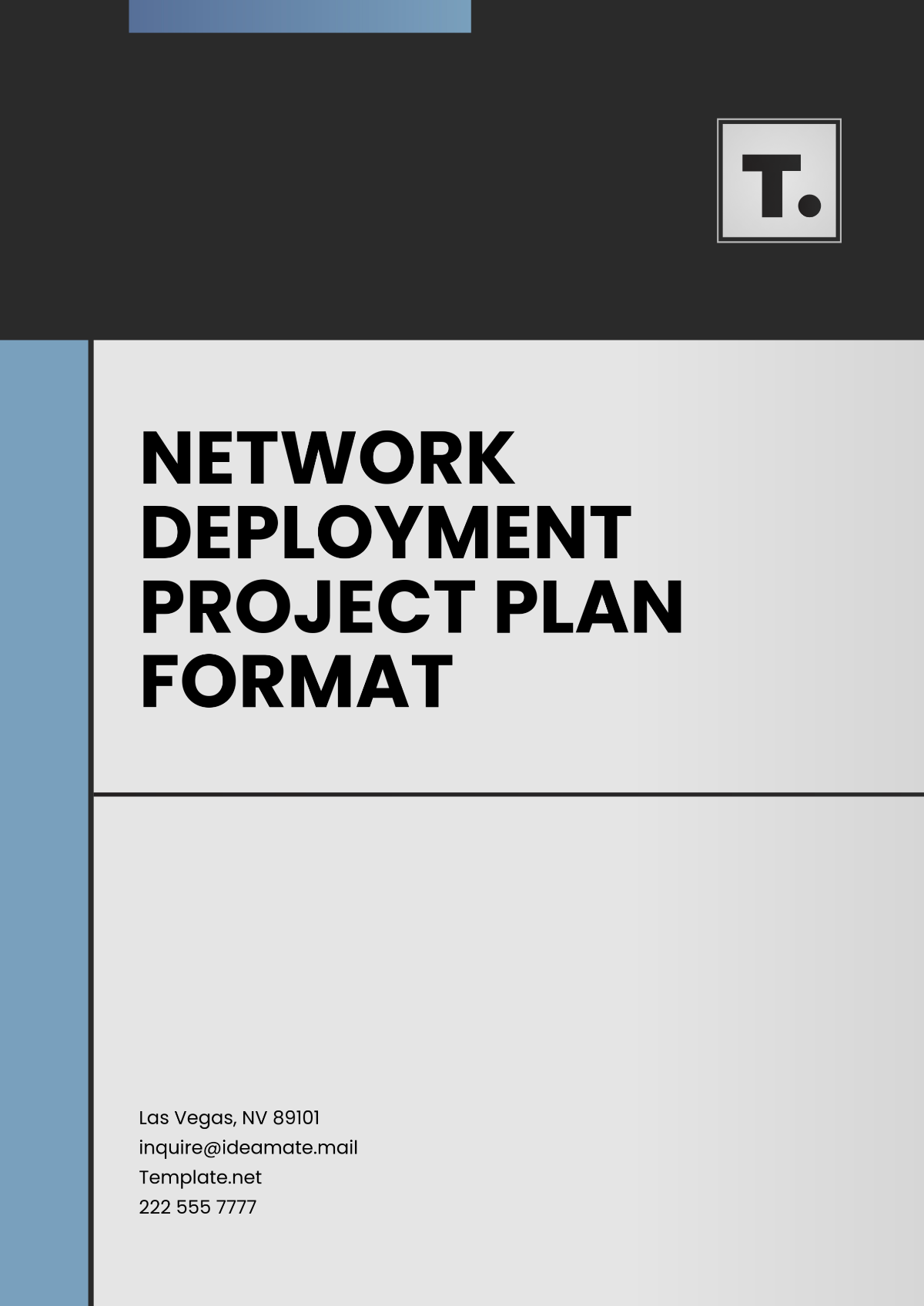Release Requirements
1. Introduction
The [Your Company Name] is committed to delivering innovative software solutions that drive efficiency and enhance user experience. Our mission is to provide cutting-edge technology and exceptional service to our clients, ensuring that every product we release meets the highest standards of quality and performance.
2. Scope
The scope of this document encompasses the entire software release process, detailing the procedures and standards to be followed. It covers:
Functional Requirements: Essential features and functionalities.
Non-Functional Requirements: Performance, security, and other system attributes.
Deployment Requirements: Environment setup and dependency management.
Quality Assurance: Testing protocols and bug tracking.
3. Functional Requirements
3.1 Core Functionality
The release must include the following core features:
A. Feature 1: Advanced Search Functionality
Description: Implement a robust search feature allowing users to search through documents using advanced filters such as date range, keyword, and file type.
Technical Details: Utilize Elasticsearch for indexing and querying to provide fast and relevant search results.
B. Feature 2: Real-Time Collaboration
Description: Enable real-time collaboration on documents with multi-user editing capabilities, chat, and version history.
Technical Details: Integrate with WebSocket technology to facilitate live updates and user interactions.
C. Feature 3: Automated Reporting
Description: Provide automated generation of customizable reports in PDF and Excel formats based on user-defined parameters and schedules.
Technical Details: Use Apache POI for Excel file generation and iText for PDF creation.
3.2 User Interface
The user interface should be intuitive and meet the following specifications:
Branding Compliance: All UI elements must adhere to the company’s branding guidelines, including a color scheme of #0044CC (blue) and #FFFFFF (white), and the use of the “Roboto” font family.
Accessibility: The interface must conform to WCAG 2.1 AA standards, ensuring text readability, keyboard navigation, and screen reader compatibility.
Responsive Design: The UI must be fully responsive, supporting devices ranging from 320px (mobile) to 1440px (large desktop) screens, with adaptive layouts for varying screen sizes and orientations.
4. Non-Functional Requirements
4.1 Performance
The software must meet the following performance metrics:
Load Time: The application must load within 3 seconds for a standard user interaction under average network conditions (e.g., 10 Mbps connection speed).
Throughput: The system must handle a minimum of 10,000 requests per minute to ensure scalability and performance under peak loads.
4.2 Security
To ensure robust security, the release must include:
Data Encryption: All data must be encrypted using TLS 1.3 for in-transit data and AES-256 encryption for data at rest.
Security Audits: Conduct quarterly security audits, including vulnerability assessments and penetration testing by an external security firm.
Regulatory Compliance: The software must comply with GDPR, CCPA, and other relevant data protection regulations, including providing users with data access and deletion rights.
5. Deployment Requirements
5.1 Environment Setup
The deployment environment must be configured as follows:
Operating System: Unix-based systems, specifically Ubuntu 20.04 LTS for server environments.
Web Server: Apache 2.4 or Nginx 1.18, configured with SSL certificates from Let’s Encrypt for secure connections.
Database: PostgreSQL 13 for transactional data with performance tuning for high-volume operations.
5.2 Dependencies
The release must include the following dependencies:
A. Dependency 1: Elasticsearch 7.10
Description: Provides full-text search capabilities and indexing.
B. Dependency 2: WebSocket API (Socket.IO 2.0)
Description: Enables real-time communication features for collaborative editing.
6. Quality Assurance
6.1 Testing
All necessary testing procedures must be completed:
Unit Testing: Achieve 100% code coverage using JUnit for Java components and Jest for JavaScript components.
Integration Testing: Validate all interactions between components and external systems using a staging environment that mirrors production settings.
User Acceptance Testing: Conduct UAT with key stakeholders, including the Product Manager and selected end-users, to ensure the software meets business needs and user expectations. Obtain formal sign-off by [Date].
6.2 Bug Reporting and Tracking
All bugs must be meticulously documented and tracked using JIRA:
Bug ID: Unique identifier for each bug (e.g., BUG-1234).
Description: Detailed description of the bug, including steps to reproduce, screenshots (if applicable), and affected modules or features.
Priority: Categorization of the bug's urgency (e.g., Critical, High, Medium, Low) to prioritize resolution efforts effectively.
7. Approval
This document must be reviewed and approved by the relevant project stakeholders, including the Project Manager, Development Lead, and Quality Assurance Lead, to ensure alignment with project goals and requirements.
